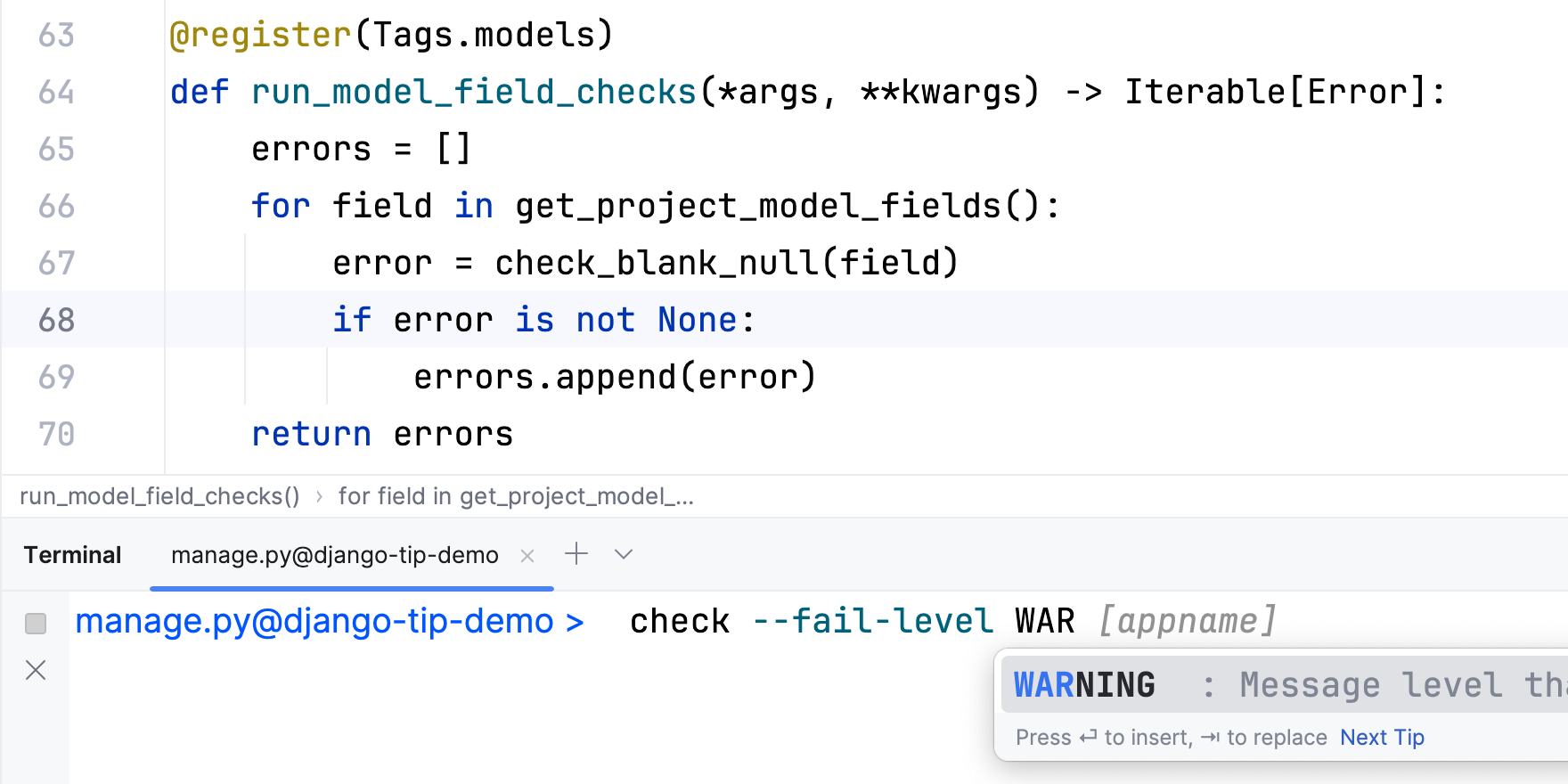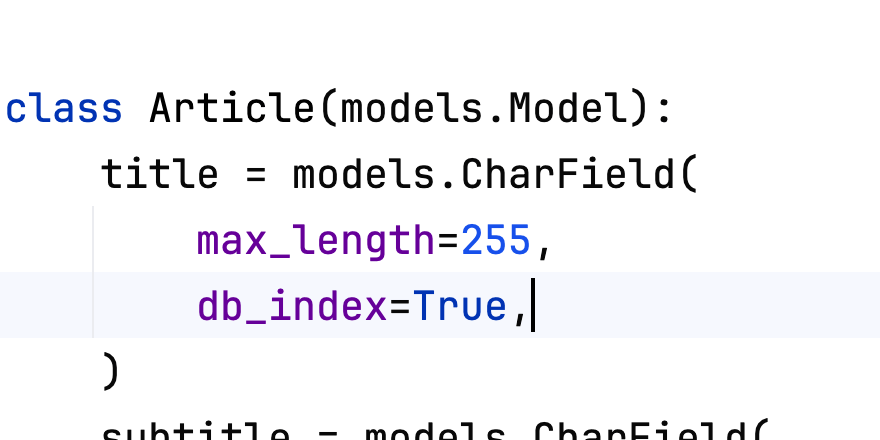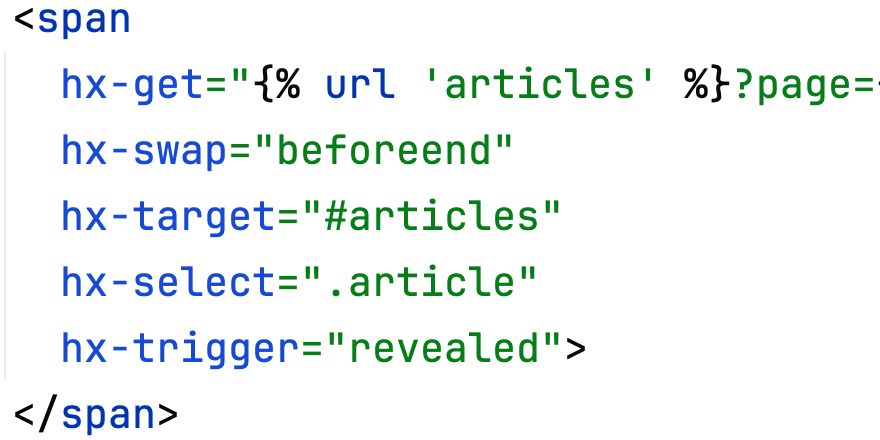Demystifying nulls and blanks in Django
What is the difference between blank=True and null=True anyway?
Are you always getting confused between blank=True and null=True in Django?
You're not alone! This is a common area of confusion in Django and is one of the most up-voted questions in StackOverflow for Django.
Let's go through the key concepts.
In the Database
When you set null=True on a field, the associated Database column will be nullable.
Whereas setting blank has no impact on the Database schema.
If you are creating instances of your model from the Django shell, and assuming the fields have no default value:
- any field with
blank=Truenull=Truedoes NOT need a value set, and will be saved asNULLin the Database. - any field with
blank=Falsenull=Truedoes NOT need a value set, and will also be saved asNULLin the Database. - any field with
blank=Falsenull=FalseALWAYS needs a value set. - any field with
blank=Truenull=Falsedoes NOT need a value set IF an empty string""is a valid value (e.g.TextFields andCharFields), OTHERWISE this needs a value set.
Note: for simplicity, I will refer to fields as non-CharFields and CharFields. CharFields are fields where an empty string is a valid value such as a TextField or a CharField.
In the Django admin
Any field with blank=False is marked as a required field and will be bold in the model forms to create or update an instance.
If you do not set a value for these, your form will have a validation error even if the field is nullable.
If you have a field where blank=True null=False, and you do not set a value for this in the form, the Django admin will try to save this with a blank string "".
This will cause an error when an empty string is not a valid value, such as with an IntegerField.
That's why blank=True null=False does not make sense for non-CharFields.
The CharFields with blank=True null=True are saved as an empty string in the Database when updated or created from the admin. However, these have NULL values when created from the shell (or when not using a Django form).
This means we have two empty states for CharFields and that's... yucky. If you want values to be optional on CharFields you should set blank=True null=False.
Conclusion
If you want to allow empty values for a field:
- for CharFields set
blank=Truenull=False. - for non-CharFields set
blank=Truenull=True.



